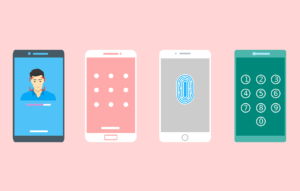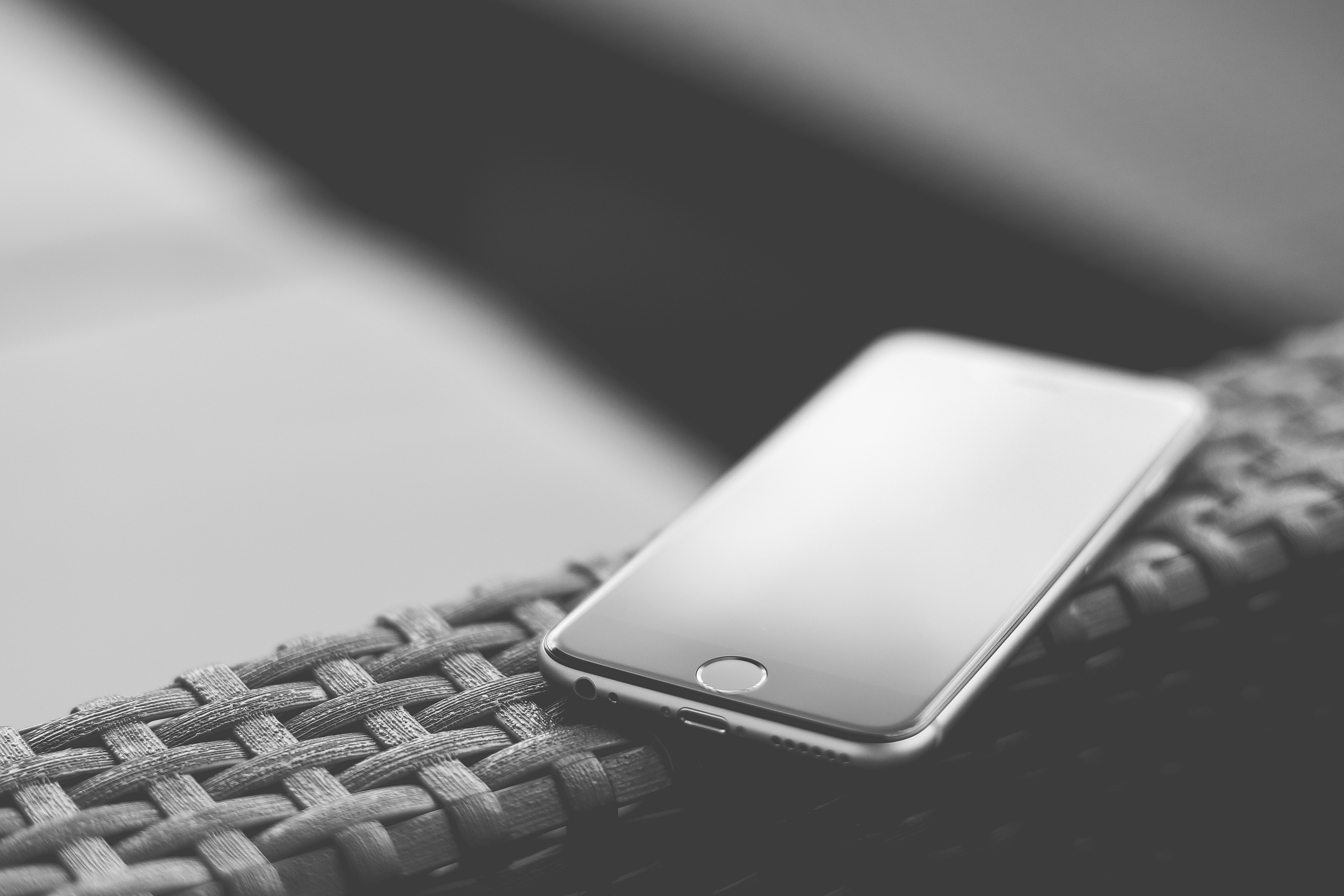A lost or stolen mobile phone is a much bigger deal today than was the case even just a few years ago. That’s because, thanks to the ever-increasing sophistication of these devices and the tasks they are capable of, today’s smartphones store a huge range of sensitive data about their users.
Everything from banking information to personal contact details to particulars about confidential work projects is stored on mobile phones. And intruders don’t even need your physical phone to be able to do damage. A hacker can just as easily access your system through unsecured wireless connections or risky downloads as a pickpocket can grab your phone from your purse.
With such valuable data at stake, it’s more important than ever to keep your smartphone and your data safe, protected, and out of the wrong hands. These simple security tips can help.
Use a screen lock.
 In spite of how easy it is to set up and how much it can do to stop unwanted users from accessing your smartphone, lockscreen security is used by less than half of all smartphone users in the US, according to recent research. That means that if your phone is lost, stolen, or even just left unattended for a few minutes (for example, on your desk at work), absolutely anyone can open it up and have completely unobstructed access to your personal data.
In spite of how easy it is to set up and how much it can do to stop unwanted users from accessing your smartphone, lockscreen security is used by less than half of all smartphone users in the US, according to recent research. That means that if your phone is lost, stolen, or even just left unattended for a few minutes (for example, on your desk at work), absolutely anyone can open it up and have completely unobstructed access to your personal data.
It’s especially difficult to understand why more smartphone users don’t activate lockscreen security considering how easy it is to do. Virtually every smartphone has some type of screen lock feature that can be set up in just a few moments – a PIN code or a pattern lock are two of the most common options. It’s one of the easiest and best ways you can use to keep your data protected.
Enable automatic device wiping.
To prevent a thief from simply trying out password after password in an attempt to get into your smartphone, you can choose to enable a feature that automatically wipes all data from your device after a specified number of failed login attempts. If you have an iPhone, this feature can be accessed via the Settings menu. Android users will need to download one of a number of free apps to set up automatic data erasure.
Keep settings turned off unless you’re using them.
Hackers can gain access to your phone in all kinds of surprising ways. To limit potential access points as much as possible, it’s a good idea to keep wireless and similar settings turned off unless they’re in active use. Bluetooth, Location Services, Wi-Fi, and even cellular data can all provide a way in to your system, so make sure “Off” is their default setting. This will also help prevent other apps from using and transmitting data on your device’s location and presence without your knowledge. And as an extra bonus, you’ll save on battery power if these settings are not constantly turned on.
Keep track of your smartphone.
 Keeping tabs on the physical location of your device at all times is a two-part effort. First, reduce the risk that you’ll lose your smartphone or have it stolen by keeping it somewhere secure and consistent: in your desk drawer at work, for example, or in a zipped compartment of your bag or purse.
Keeping tabs on the physical location of your device at all times is a two-part effort. First, reduce the risk that you’ll lose your smartphone or have it stolen by keeping it somewhere secure and consistent: in your desk drawer at work, for example, or in a zipped compartment of your bag or purse.
Second, install and activate a remote device locator app. When kept turned on, apps like this make it easy to track the location of a lost or stolen device. Some of these apps can also be combined with the option to remotely wipe data from the smartphone.
Be careful with your apps.
Apps can be useful tools and can make your life easier in many ways, but nefarious apps also have the potential to harm your system and steal your personal data. You can help prevent this by:
-
Always using an official app store.
Whenever you want to download and install an app, make sure you do so from an official app store. You should similarly disable the option on your smartphone to allow the installation of third-party apps – from blogs, ads, or torrents, for example – which may carry harmful malware.
-
Checking app permissions.
When you install an app, it will ask for permission to access certain parts of your system. It’s important to keep an eye on these requests to make sure the app isn’t trying to access anything beyond what it needs to provide its intended functionality.
For example, if you’ve downloaded a flashlight app, it shouldn’t be requesting permission to access to your contacts or your text messages. If it is, something suspicious may be going on.
-
Keeping your apps updated.
Outdated apps make your phone more vulnerable and expose it to viruses or malware, so make sure all the apps you use regularly are kept up-to-date. It can also help to periodically check over all your installed apps, and remove any that you no longer use.

